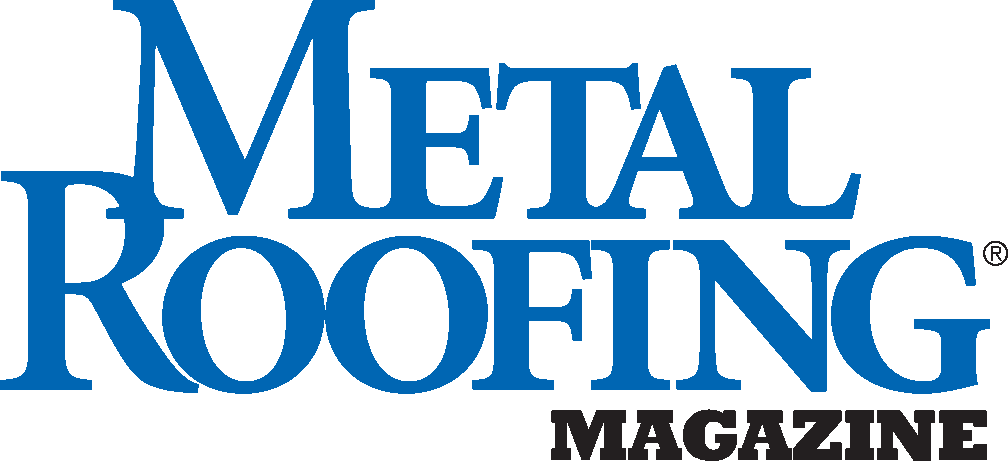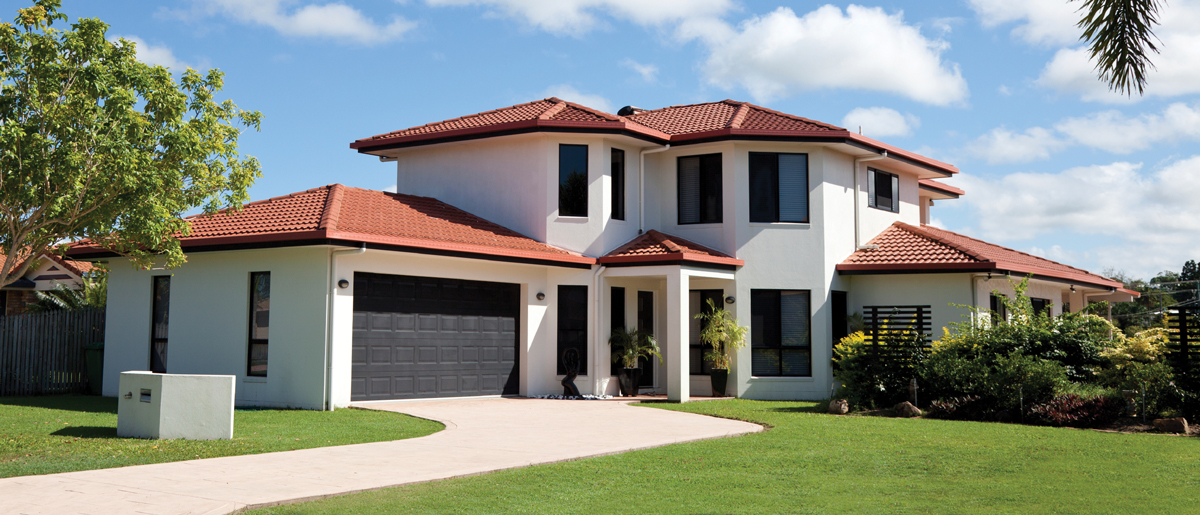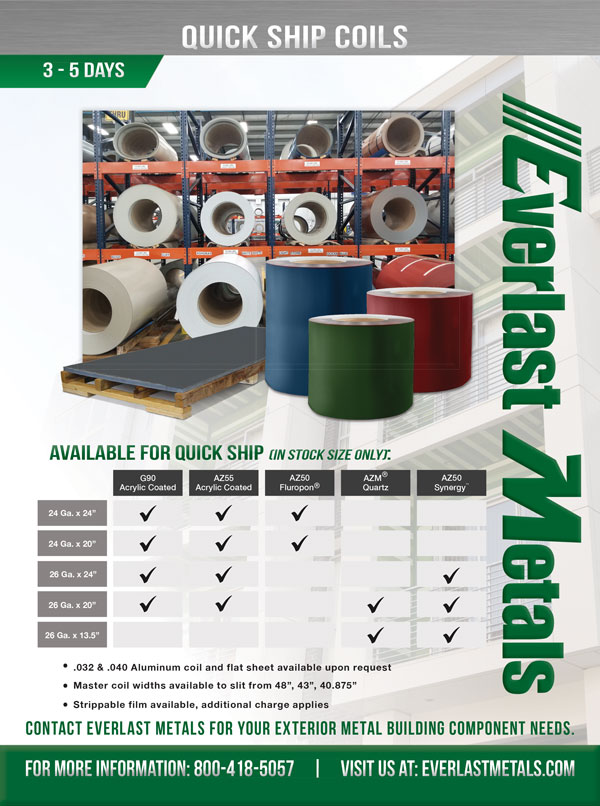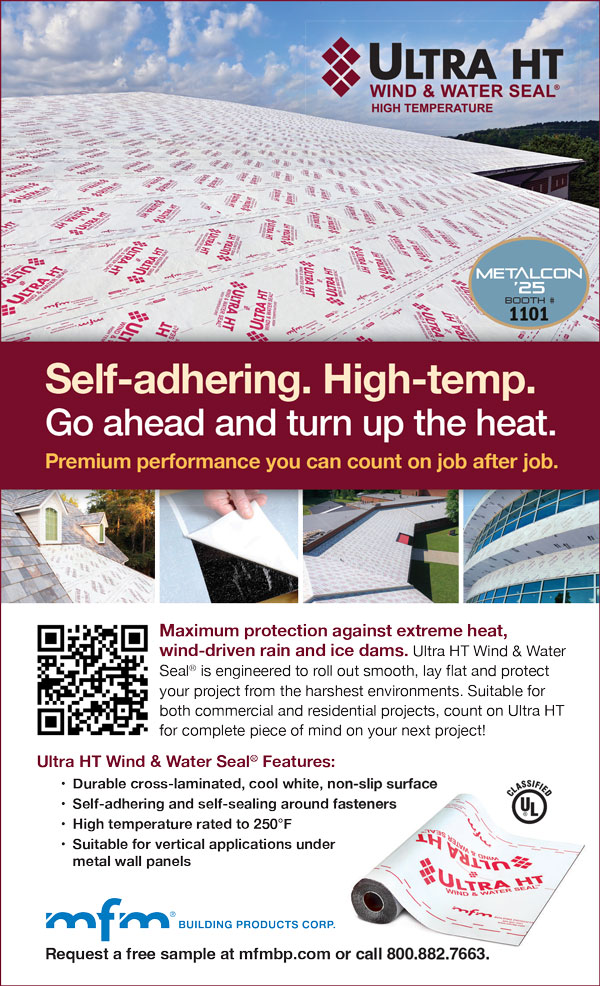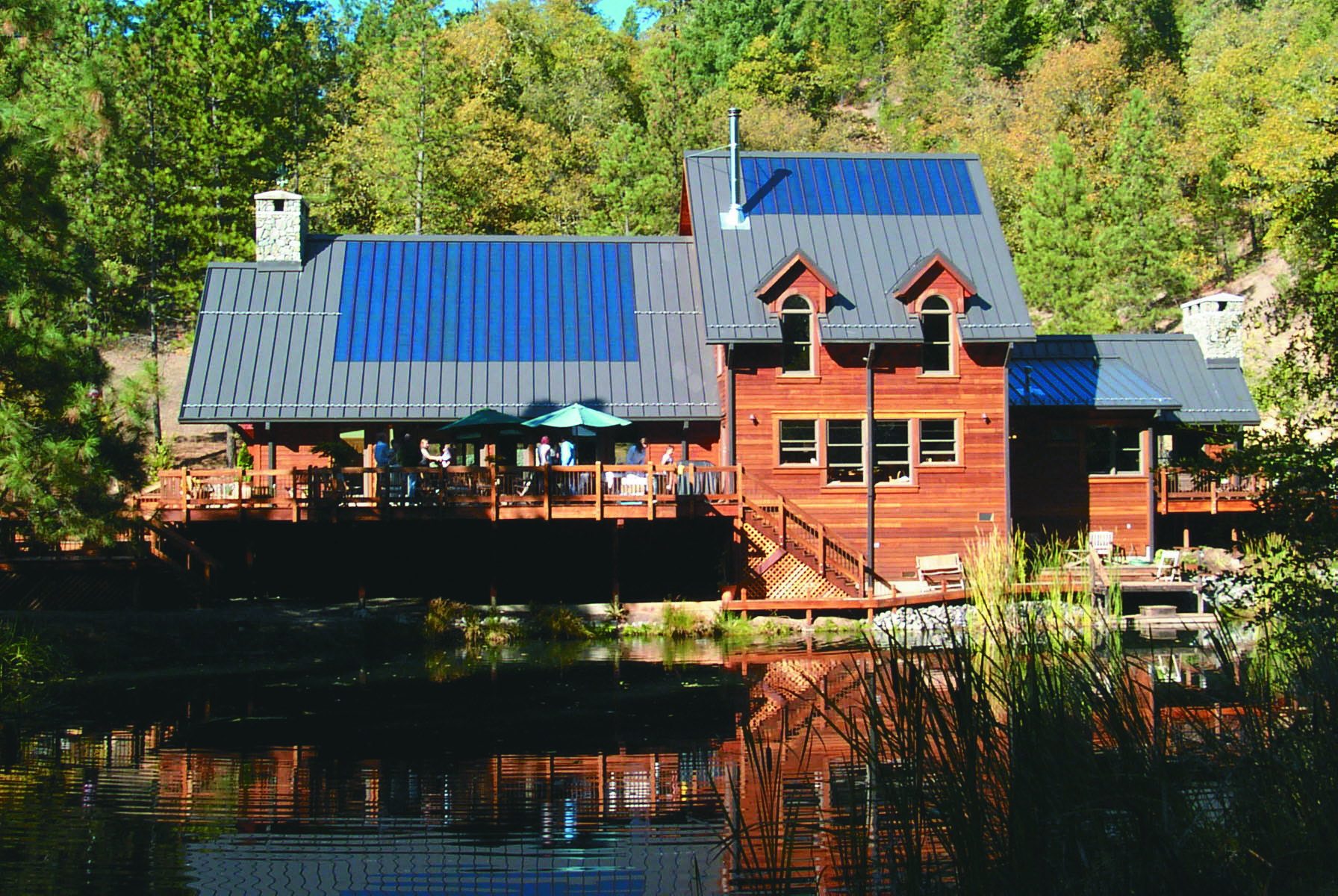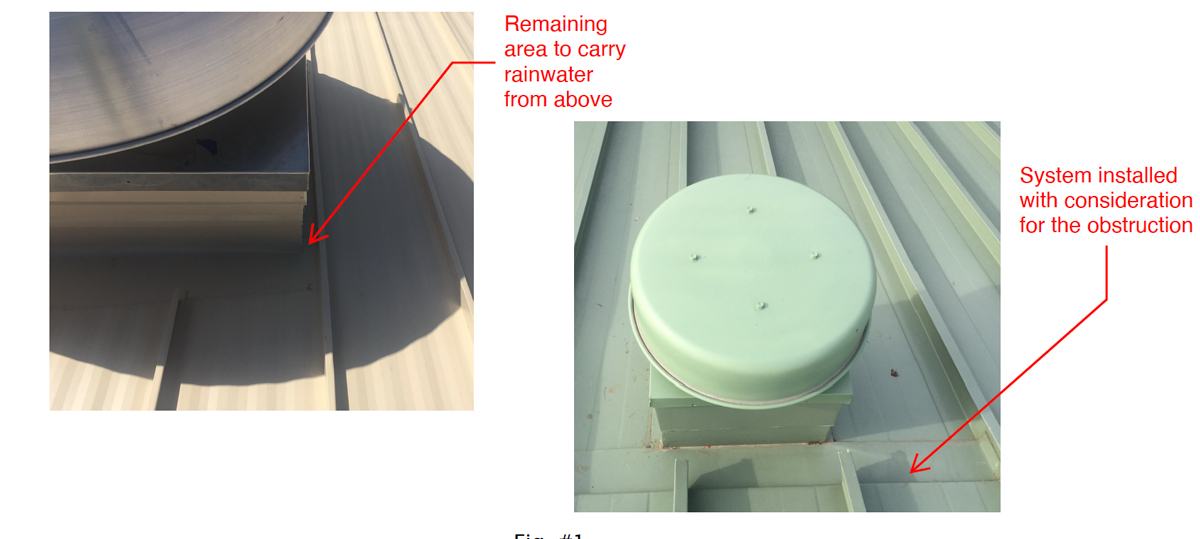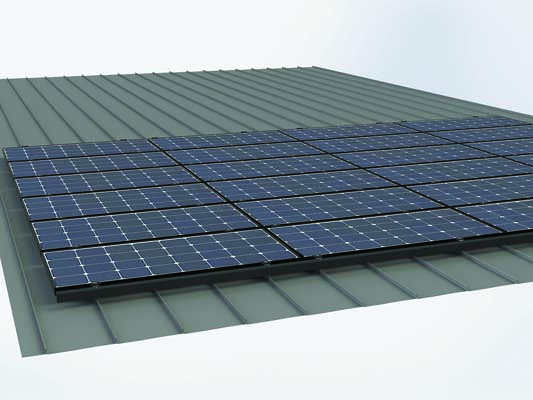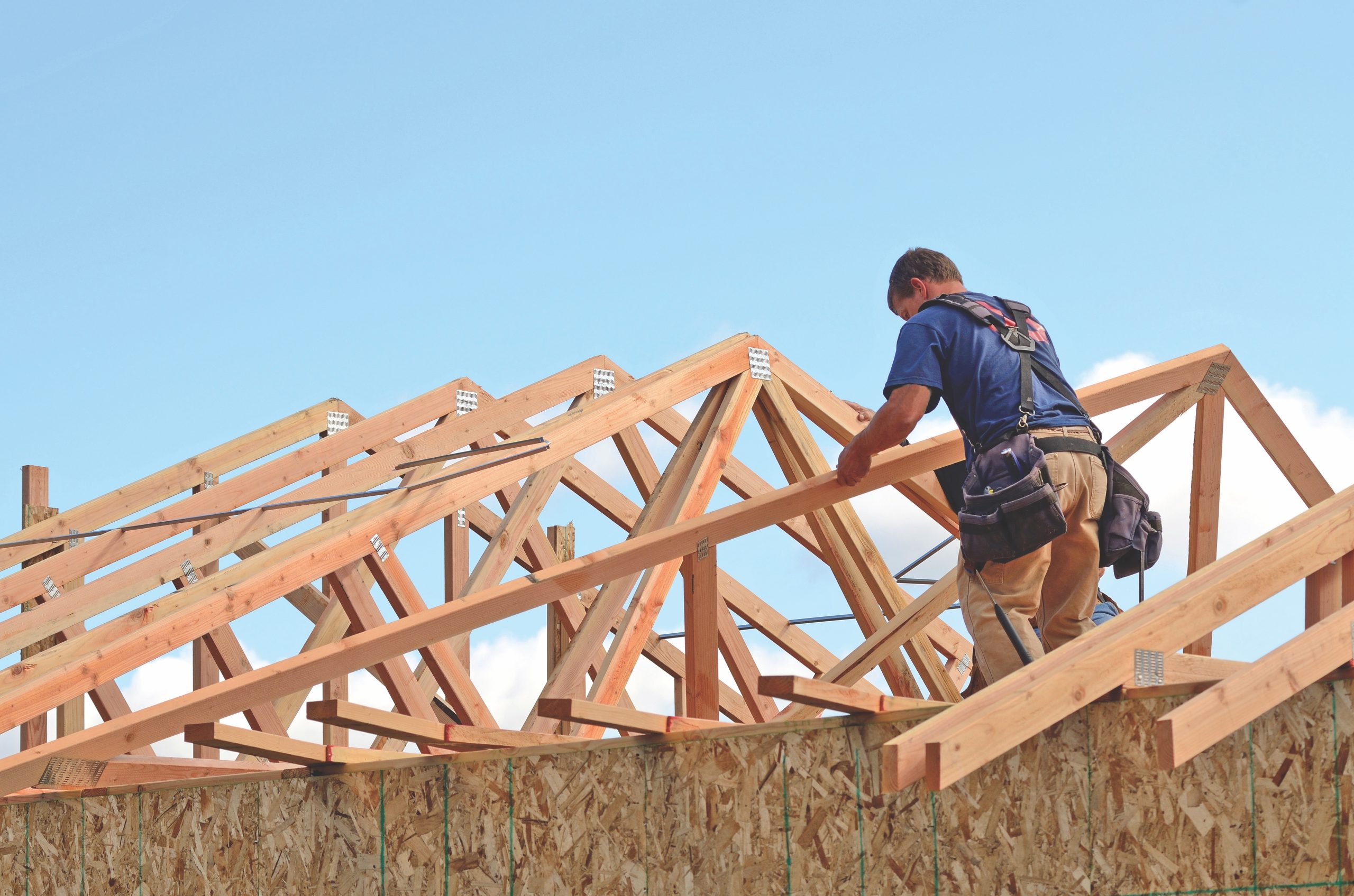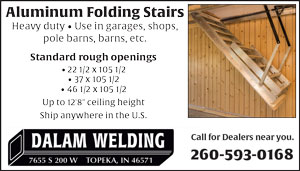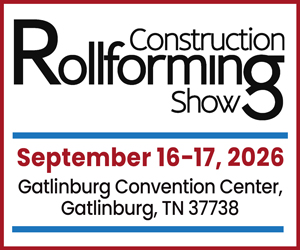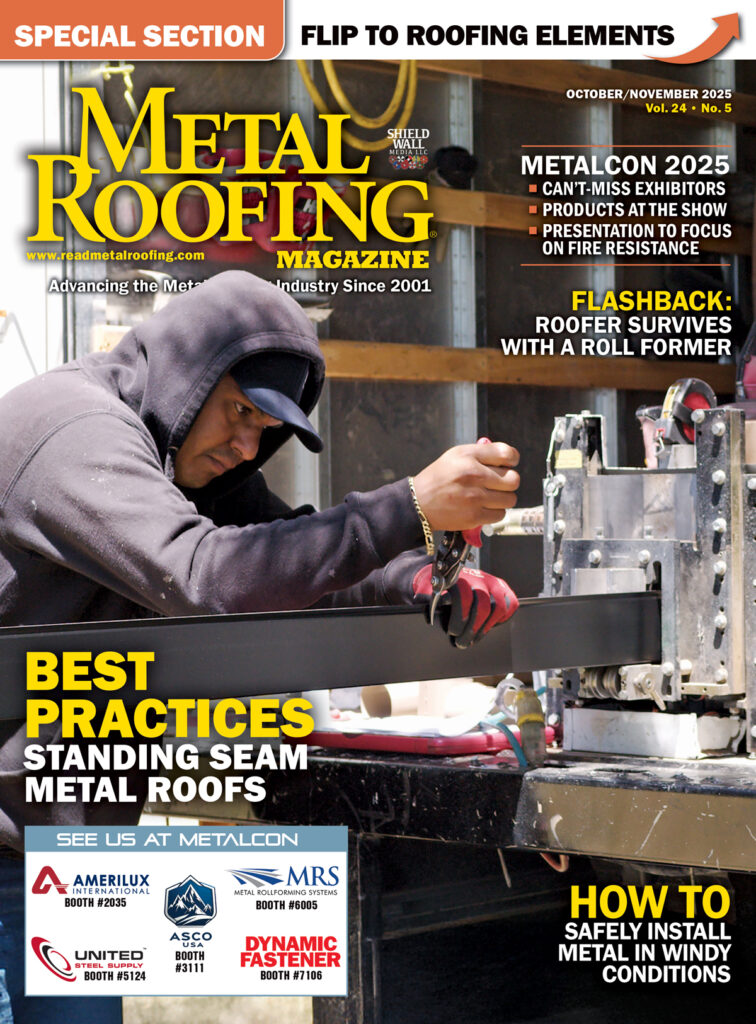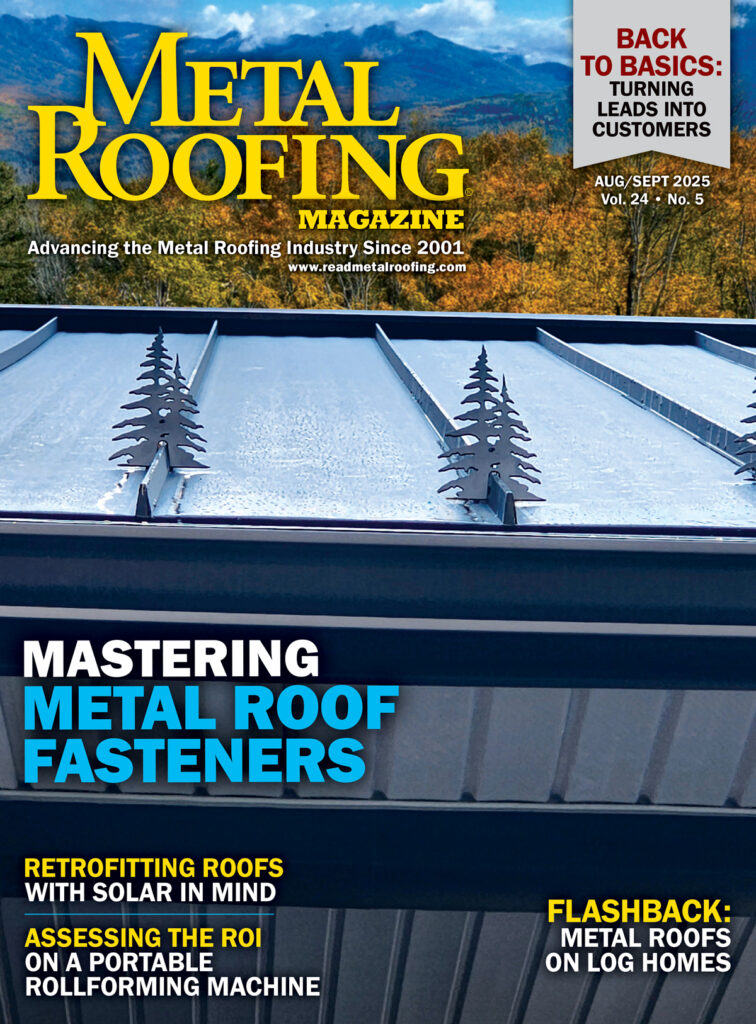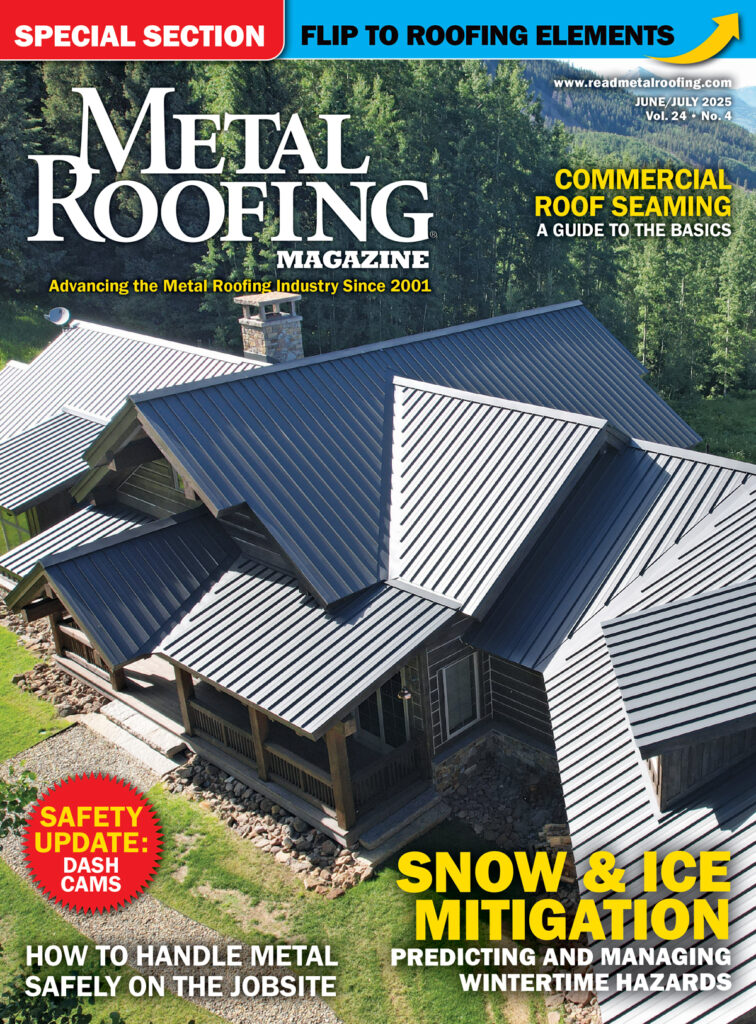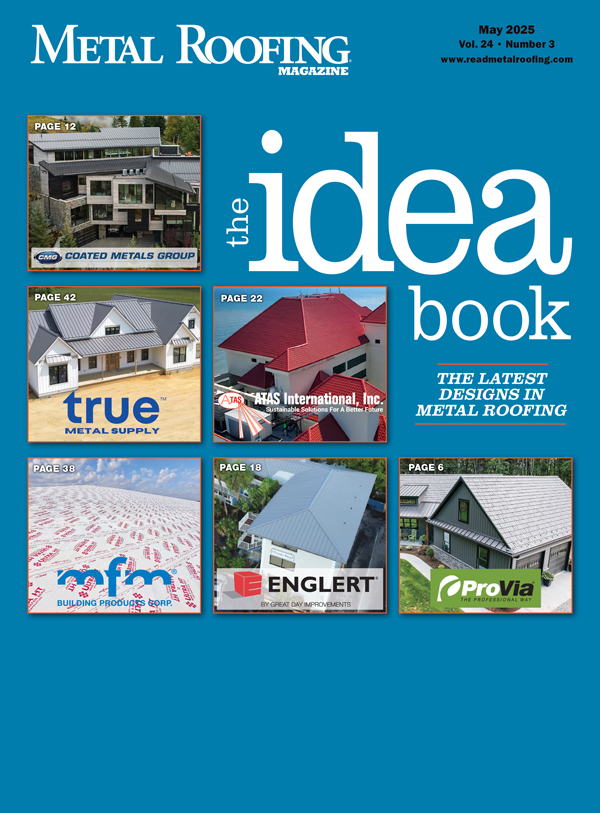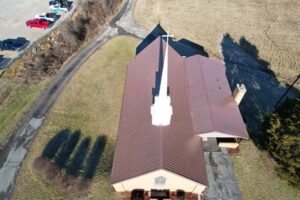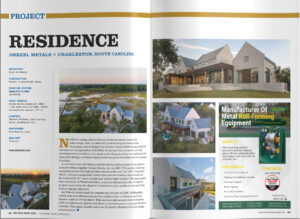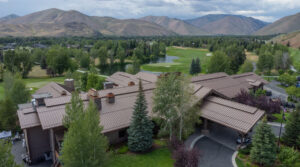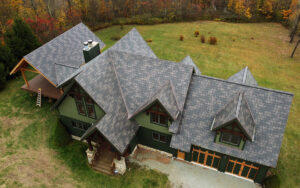Sustainability continues to shape innovation in the building and construction industries. However, true sustainability extends beyond just environmental considerations. It must also account for durability and longevity to ensure buildings stand the test of time, making the most of the precious resources dedicated to manufacturing products and building structures.
The dual objective of elevating both sustainability and endurance makes a strong case for metal roofing. Metal roofs are long-lasting solutions that are increasingly being paired with solar panels to deliver on the sustainability and energy efficiency required for modern construction and renovation jobs.
In essence, it’s a perfect partnership, particularly as demand for renewable energy sources rises.
Solar roofing is not new, but it did not see mainstream adoption until around 2010. According to the Solar Energy Industries Association, solar roofing panels have seen an average annual growth rate of 25% in the last decade alone, representing a significant boom since the turn of the millennium.
Understanding the benefits of combining metal roofing with solar panels can lead to more informed decisions and better outcomes for residential construction projects, both for installers and homeowners. And by leveraging advanced coatings technologies from industry leaders such as PPG, metal roofs can achieve even greater performance, ensuring both the roof and solar panels withstand harsh environmental conditions without compromising on aesthetics or functionality.
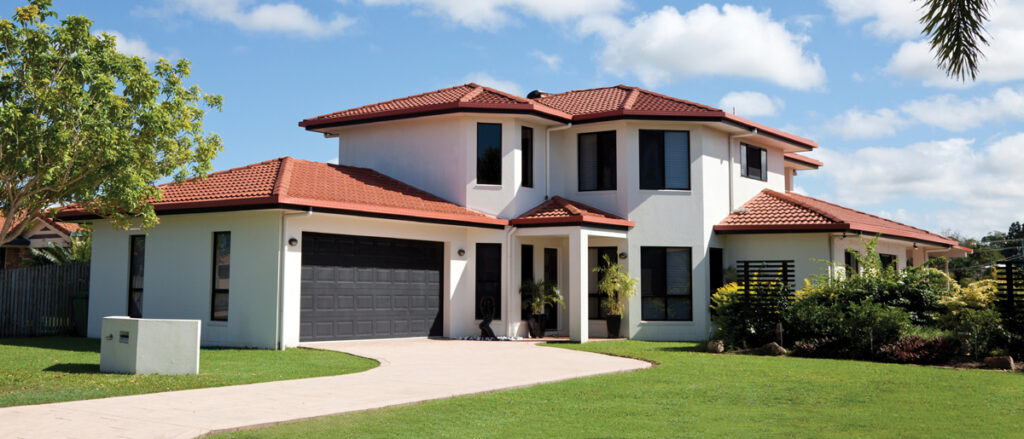
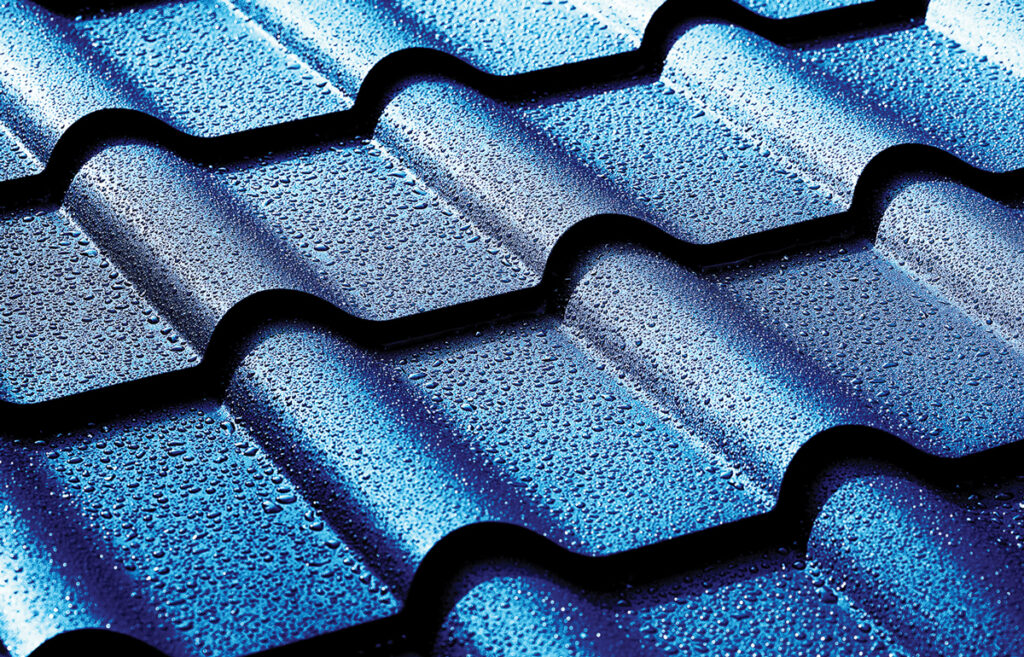
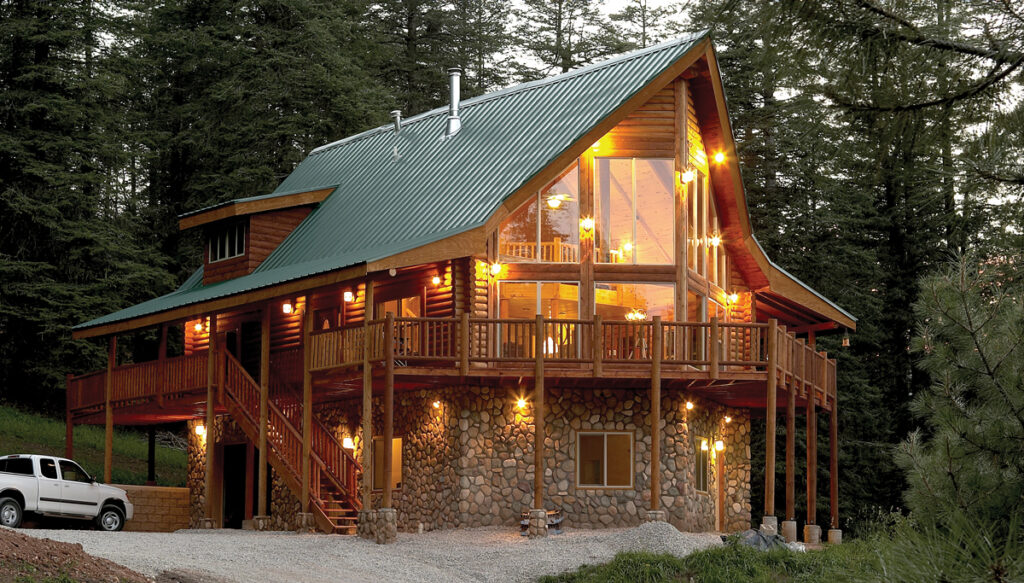
Photos Courtesy of PPG
Traditional Asphalt vs. More Modern Metal
Industry research reveals that asphalt shingles account for roughly 75%1 of roofing projects in the U.S. today, with metal roofing following behind at around 17%. 2
Yet despite the dominance of traditional asphalt shingles, solar panels have a harmony with metal roofing that simply does not exist with their asphalt shingled counterparts.
Metals roofs are designed and warrantied to last more than 30 years. The same goes for solar panels. Compare that to traditional asphalt shingles on a roof, which traditionally last 15 to 20 years on average.
The discrepancy in product lifespan presents a construction challenge for homeowners with solar panels on an asphalt roof, as the lifespan of the solar panels often exceeds that of the shingles.
Eventually, this situation frequently necessitates the removal and reinstallation of the solar panels once the asphalt roof needs to be replaced, incurring additional costs for new roofing materials, labor, and the reinstallation of the solar panels.
Overcoming Historic Construction Challenges
The primary construction challenge when using asphalt shingles with solar panels is the need to perforate the roof to attach the steel brackets that are used to support the panels. By puncturing the building envelope, it becomes more susceptible to moisture intrusion and potential damage of the substrate and beyond. For that reason, using solar panels on an asphalt roof requires robust sealing methods to prevent leaks and maintain the roof’s integrity, which can be a challenge.
Metal roofs offer a more seamless solution.
Metal roofs, especially those with standing seams, allow for the attachment of solar panels without penetrating the roof’s surface. This method helps to preserve the roof’s integrity and ensure a longer service life compared to asphalt shingles.
In addition, the warranties included with metal roofs and solar panels are more closely aligned. While asphalt shingles may come with a 30-year warranty, their actual service life often falls short of that. A metal roof, especially one finished with high-performance coatings, is more equipped to match the longevity of solar panels, ensuring consistent performance over time. The two materials combined offer an integrated system with expected lifespans that more closely match.
Built to Last: Coatings for Metal Roofs and Solar Panels
Coatings from industry-leading organizations like PPG are designed to enhance the lifespan, appearance and long-term performance of metal products even further.
Many solar panel manufacturers protect their products with the same coatings that PPG manufactures for use on metal roofing panels. This ensures that the aesthetics and performance of both materials remain consistent throughout the life of the roofing system, offering UV stability and long-term durability. This ensures the solar panels and the roof beneath them can withstand harsh environmental conditions without degrading in appearance or function.
PPG supplies leading solar panel manufacturers with coatings that have been tested to meet FGIA/AAMA 2605 standards, the highest architectural specifications with strict performance requirements. PPG coatings that meet this specification are 70% fluoropolymer resin-based, the very same resin system used on solar panels.
Coatings such as PPG DURANAR® liquid coatings provide excellent weather and corrosion resistance, essential for these types of roofing systems using metal materials primarily. These thermal set coatings create a plastic-like protective layer, preventing corrosion and maintaining color integrity of the metal substrate. The coatings are designed to not chalk or color shift, and they offer critical flexibility that accommodates the natural expansion and contraction of metal roofs without cracking or breaking. This is particularly critical in warm, sunny climates in the south and southwestern United States.
Performance from the Top Down
Choosing a metal roof for a solar panel installation offers significant advantages in terms of longevity, performance and energy efficiency compared to traditional asphalt shingles. To further bolster the roofing system, PPG’s advanced coating technologies can be incorporated. They play a pivotal role in ensuring that the benefits are maximized, making these coatings the preferred choice for metal roofs supporting solar installations.
Ultimately, it is critical to mount solar panels on a foundation that will last as long as they are designed to. Metal roofs with high-performance coatings are the ideal option with long-term service that is proven. Metal panels are both flexible and modular, allowing for the integration of a portion of solar panels on the roof (with the option to add more later) or expanding to accommodate a home addition.
The construction industry is increasingly prioritizing sustainability, focusing on everything from eco-friendly materials and carbon footprint reduction to energy-efficient product lifecycles. With the rising popularity of solar panels and metal roofs, especially in residential construction, unlocking their full potential hinges on the advanced material science behind today’s high-performance coatings. MR
1 U.S. Roofing Market Size & Share | Industry Analysis 2024-2032(expertmarketresearch.com)
2 Metal Roofing Alliance: Residential Metal Roofing Continues to Make Strong Gains in U.S., According to Latest Industry Report
